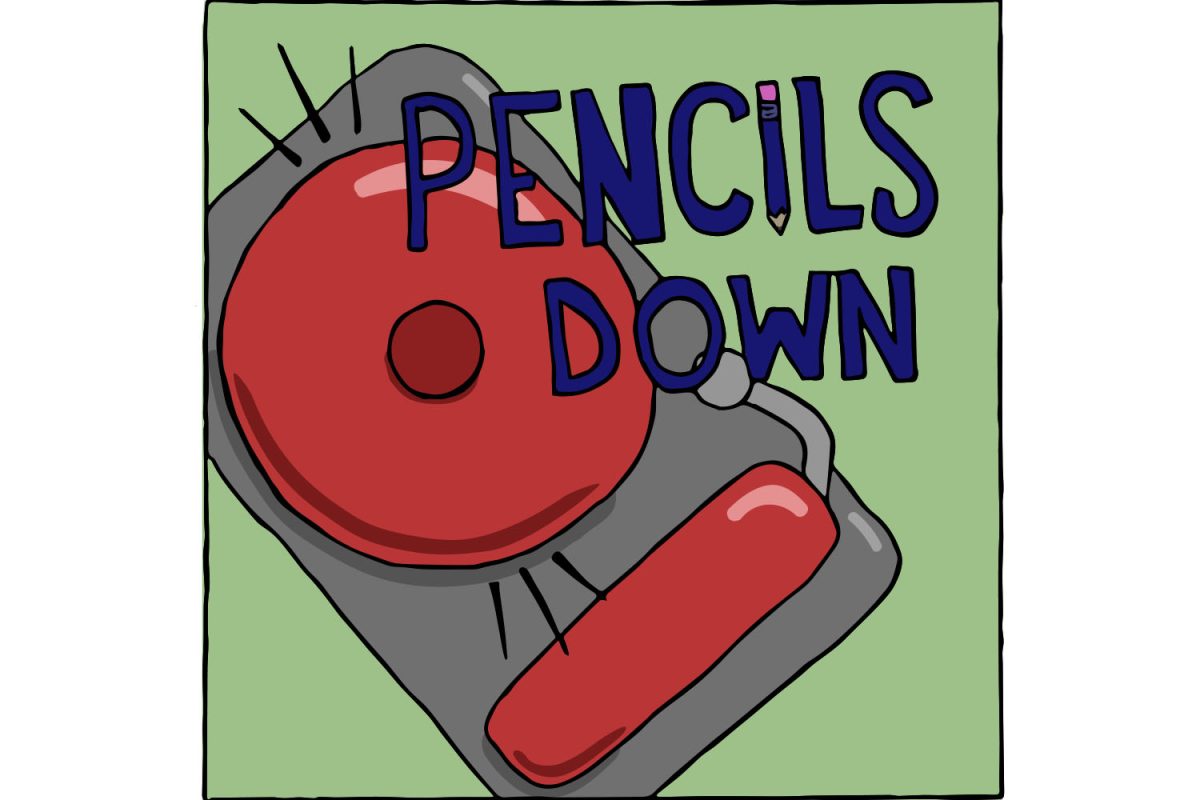The new Chair of the Federal Reserve, Janet Yellen, has already found herself in trouble because of a speech she made March 19. Yellen stated that the Fed will reduce the $10 billion spending budget used to buy assets through quantitative easing and interest rates would remain low because the labor market is still improving.
With the policy of quantitative easing, the Fed purchases assets from private banks and government-sponsored agencies at inflated prices, in order to add to the prices of these assets on paper, no matter how toxic and worthless they may actually be. And most of these “assets” have no value to banks and agencies, and therefore are worthless. The Fed buys these debts and equities from banks and agencies for more than they are worth, and essentially creates money out of thin air.
Many officials are enthusiastic about quantitative easing and oppose Yellen’s policy, citing it as being too hawkish. In reality, quantitative easing is only postponing market readjustment through the death of inefficient firms. The policy should end altogether because the artificially low interest rates on assets exchanged through quantitative easing will end up destroying the wealth of everyone through inflation, like it did in 2008 when the housing market bubble burst.
Many economists, like those at the Fed, push the policy of quantitative easing because they believe it is necessary to spur economic recovery in that banks will loan more money to stimulate spending and investment.
But long story short, the Fed’s policy of quantitative easing is nothing but a great bank bailout. It allows inefficient firms to be maintained only because their assets are being converted to cash. Billionaire hedge fund manager Stanley Druckenmiller said quantitative easing “is fantastic for every rich person,” and it “is the biggest redistribution of wealth from the middle class and the poor to the rich ever.”
But nothing is actually done with the money that the Fed gives to these banks and agencies. Robert Auerbach, a former economist with the U.S. House of Representatives Financial Services Committee, reported that even though the Fed has disbursed $2.284 trillion through quantitative easing from August 2008 to June 2013, 81.5 percent of that cash sits idle as private bank reserves. An additional $65 billion flows into those reserves every month, $55 billion currently with Yellen at the helm, according to Auerbach. This means the Fed is creating money, but none of it is going into the economy.
With the excess reserves, banks can loan out money to whomever they want, whether they be responsible spenders or not, and make money through the interest on those loans. We saw this happen in both the 2008 housing crisis and the ongoing student loan bubble. Too many people were given loans, which caused the prices for housing and education to inflate. Eventually, these investments did not make up for their cost and allowed borrowers to offset their debt.
And it does not matter if the bank’s loan borrowers default because the bank will never lose money. The money it lends comes from those excess reserves created through quantitative easing. Meanwhile, those lenders are left chained to their debt.
Americans must know they are being robbed through the process of quantitative easing–induced inflation, all while finding justification through intellectually bankrupt economic theories. The profits are private, while all of the losses are socialized. This is why so many fear this tapering of quantitative easing. Yellen’s plan to only tone down quantitative easing is merely postponing the inevitable adjustment the market must go through; the longer it’s postponed, the worse the collapse will be.




